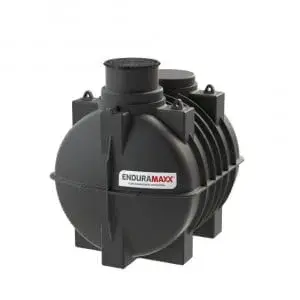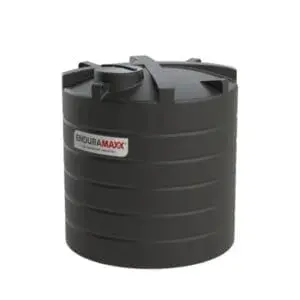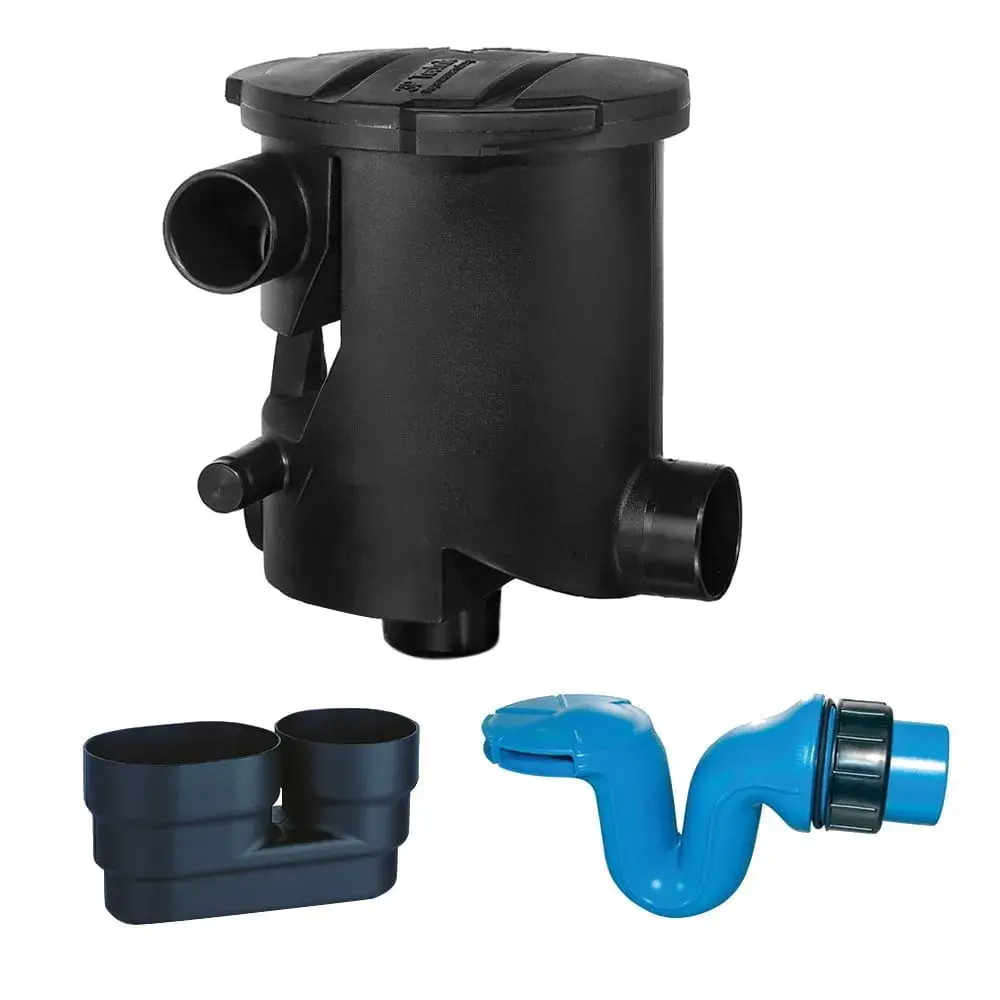Sediment control using tanks in construction – a lot of wastewater is produced in construction and often settlement tanks are used to remove suspended solids like silt from the water. For the effective removal of solids, the flow of water through a water settlement tank must slow down sufficiently for suspended solids to settle out.
The settlement tank must be the correct size for the volume of water that will flow through it and the size of the particles suspended within it. The smaller the particle sizes, the longer they will take to settle out and the greater the volume of water, the larger the capacity of the lagoon required. If the particle size is very small or light there will be delays in settling these out, an option for these applications could be to dose the water with chemicals called flocculants which make the small solid particles bind together and encourage them to settle out. Care must be taken with this method as flocculants are not suitable for all locations and can cause pollution.
CIRIA have a document called ‘Control of Water Pollution from Construction Sites – Guidance for consultants and contractors’ (2001) which outlines methods of water control including retention time calculations for settlement tanks and lagoons, this information can be found in ‘Pollution Prevention Guideline (PPG) 6: Working at construction and demolition sites.’
Primary treatment of sewage is the removal of floating and settleable solids through sedimentation. Primary clarifiers reduce the content of suspended solids as well as the pollutant embedded in the suspended solids. Because of the large amount of reagent necessary to treat domestic wastewater, preliminary chemical coagulation and flocculation are generally not used, remaining suspended solids being reduced by following stages of the system. However, coagulation and flocculation can be used for building a compact treatment plant (also called a “package treatment plant”), or for further polishing of the treated water. Water that enters settlement tanks from processes may contain pollutants as well as the suspended solids. A settlement tank isn’t able to remove these pollutants so other treatment options will be required before the water can be discharged. Instances could be hydraulic oil being present in water as a result of mechanical failure during tunnelling operations Design of settlement tanks and lagoons must ensure that discharge can be stopped and contaminated water contained. Interceptors and skimmers are a couple of treatment types for removing oils and hydrocarbons from the wastewater.
Authorisation for is required for the discharge of treated water or surface water from your settlement tank, a permit or consent to for discharge can be received from your local environmental regulator.
For more details on Sediment Control Using Tanks In Construction or settlement and clarification tanks and other primary wastewater treatment products including mixers and v-notch weir tanks please get in touch.
Posts By Topics
- Blog (303)
- Chemical Storage Tanks (118)
- Chemical Dosing Tanks (114)
- Chemical Tanks (114)
- Water Tanks (58)
- Rainwater Harvesting Tanks (43)
- Vertical Rainwater Tanks (31)
- Vertical Storage Tanks (31)
- Cone Bottom Tanks (19)
- Conical Cone Tanks (18)
- Rainwater Harvesting (17)
- Water Bowsers (15)
- Horizontal Tanks (14)
- Potable Water Tanks (13)
- Farming (9)
- Case Studies (8)
- Industrial Storage Tanks (7)
- Liquid Fertilser Storage Tanks (6)
- WRAS Approved Potable Tanks (6)
- Wine and Beer Production (6)
- Horizontal Transport Tanks (5)
- Microbrewery (5)
- Rainwater (5)
- Category 5 Break Tanks (4)
- Cider Production (4)
- Mixer Tanks (4)
- Molasses Tanks (4)
- Polyethylene tanks (4)
- Rainwater Filter Kits (4)
- SPECIALIST & BESPOKE TANKS (4)
- Bunded Tanks (3)
- Slimline Tanks (3)
- WRAS Approved (3)
- Clarification Tanks (2)
- Crosslinked Polymer Tanks (XLPE) (2)
- Fertiliser Tanks (2)
- Sump Tanks (2)
- Tank Installation (2)
- Water Butt (2)
- underground water tanks (2)
- ACCESSORIES & FITTINGS (1)
- ATV & UTV SPRAYING UNITS (1)
- Above Ground Effluent Tanks (1)
- Bespoke Tank Frames (1)
- Category 5 Turret (1)
- Caustic Soda Tanks (1)
- Closed Top Bunded Tanks (1)
- Craft beer (1)
- Effluent Tanks (1)
- Enduramaxx (1)
- Ferric Chloride Tanks (1)
- Fire Safety Regulations (1)
- Fire Sprinkler Water Storage Tanks (1)
- Industrial Water Tank (1)
- Open Top Bunded Tanks (1)
- Open Top Cone Tanks (1)
- Open Top Vertical Tanks (1)
- Polyethylene Potable Water Tanks (1)
- Polyvinylidene Fluoride (PVDF) Tanks (1)
- Polyvinylidene Fluoride Tanks (PVDF) (1)
- Pressure Washers (1)
- Pro Series Spot Sprayers (1)
- RWH (1)
- Sodium Hydroxide Storage Tanks (1)
- Sprayer Fill-up Tanks (1)
- Uncategorised (1)
- liquid fertiliser tank (1)
Sign up to the newsletter
enduramaxx.marketing
Related Posts
Temporary Water Supply On Construction Sites - Enduramaxx
Temporary Water Supply On Construction Sites, Over the years Enduramaxx has worked with many of the...
Fire Fighting Sprinkler Water Tanks: Construction & Agriculture
Our range of polyethene firefighting sprinkler water storage tanks is designed to store large...
Best Industrial Water Tank Capacity For Your Construction Site
Choosing the right type of industrial water tank and capacity level for your construction site has...
Related Products
From £1,080.00 inc. VAT
£900.00 exc. VAT
From £1,344.00 inc. VAT
£1,120.00 exc. VAT
From £768.00 inc. VAT
£640.00 exc. VAT
£480.00 inc. VAT
£400.00 exc. VAT





